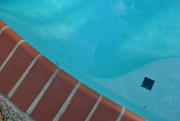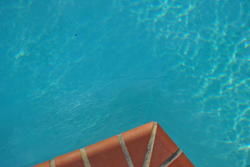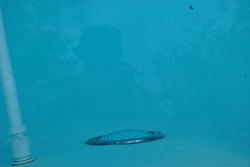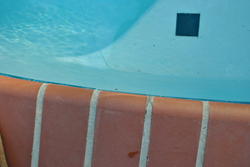I have a pool built in '98 by the previous home owner and AFAIK this is the original plaster. I am 99% sure there are no leaks as water loss is well within normal ranges. I'm really wondering if this looks normal. Does old plaster crack when it gets old and thin? There is some staining and a couple of spots on the steps where the cleaning poles have worn the plaster to the gunite over the years. I'll definitely be looking at pebble tec at some point but want to make this last as long as I can. Pardon the debris, pics were taken at the end of the day.
What do you think?























What do you think?
























